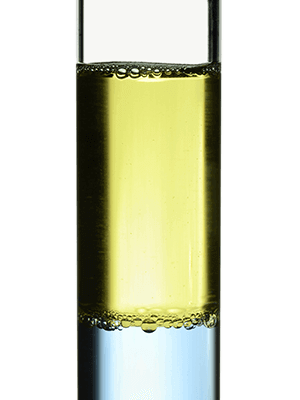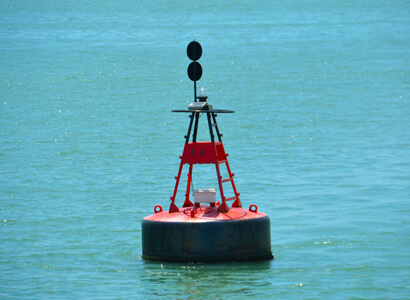This is a lesson summary. The full lesson can be viewed by purchasing an online course subscription.
Learning Objective
In this lesson we will look more closely at density as a physical property, including what happens when substances with different densities are combined.
Learning Outcomes
By the end of this lesson you will be able to:
- Describe density.
- Express density as a mathematical relationship between mass and volume.
- Calculate the density of regular and irregular solids.
- Describe and explain the layering of substances with different densities.
- Explain how temperature and pressure can affect the density of a substance.

(Image: Baharlou, Adobe Stock)
Lesson Summary
- Density refers to how much matter is in a given amount of space.
- It can be expressed mathematically as:
- where mass is the amount of matter in the substance and volume is the amount of space the substance occupies.
- Density is measured in units such as g/cm3 or kg/m3.
- The mass of a substance can be determined by weighing it on an electronic balance.
- The volume of a liquid can be determined by measuring it in a measuring cylinder.
- The volume of a regular solid can be determined using a mathematical formula.
- The volume of an irregular solid can be determined by measuring how much liquid it displaces in a measuring cylinder.
- Volumes measured in mL can be converted to cm3 using the formula:
- Generally:
- Solids generally have high or very high densities.
- Liquids generally have high densities.
- Gases generally have very low densities.
- Mixtures containing substances with different densities will form vertical layers, where:
- The least dense substance will lie at the top.
- The most dense substance will lie at the bottom.
- Pure water has a density of 1 g/cm3.
- Therefore, any substance with a density less than 1g/cm3 will float in water and any substance with a density greater than 1g/cm3 will sink in water.
- Most frozen solids will sink in a liquid of the same substance as substances are usually more dense as solids than liquids.
- Ice is unusual because it is less dense than water and therefore floats in it.
- Heating substances causes them to expand and therefore become less dense.
- Cooling substances causes them to contract and therefore become more dense.
- Pressurising gases causes them to contract and therefore become more dense.

(Image: terimakasih0, Pixabay)
(Header image: photoeverywhere, Adobe Stock)


